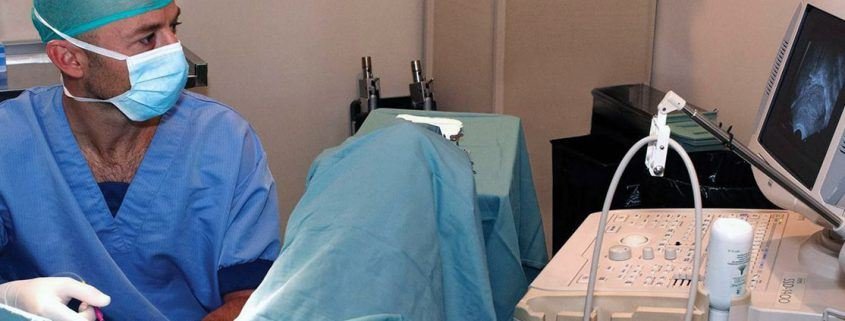Endometrial Scratch Prior To the IVF
Human implantation is a timely stage-managed three-step process including embryo apposition, adhesion and invasion. Implantation needs a precise modulation of the endometrium to achieve the window of implantation that is delimited over time. In addition, adhesion and invasion involve a complicated cross talk between the embryo and the endometrium. Both processes are still incompletely understood.
Thus, there are just 32% of fresh embryo transfers that lead to clinical pregnancies, along with a mere implantation rate of 23.9% that is reported in women with recurrent implantation failure (RIF). Despite the development of the preimplantation genetic screening (PGS) and replacement of chromosomally normal embryos, implantation rates remain below expectations. So far, no reproducible data to boost endometrial receptivity and implantation in In vitro fertilization (IVF) cycles have emerged and no undisputed clinical evidences are available to achieve this aim.
An implantation failure remains one of the leading reasons for failed IVF. It is obvious that further growth in pregnancy rates must therefore be targeted from an improved endometrial environment.
An intentional endometrial injury, also called “endometrial scratch” just before IVF treatment is one amongst many assistant methods designed to enhance implantation. There is an advantageous effect of an endometrial scratch taken prior to the IVF cycle, demonstrating a doubling in implantation, clinical pregnancy and live birth rates (LBRs). More lately, evidence moderately favored inducing local injury in the cycle preceding ovarian stimulation in women with unexplained RIF.
Endometrial scratch is a straightforward and therefore tempting procedure aimed at enhancing pregnancy outcome in ART. Up to now, fragmentary and insufficient evidence is available to prove a biological mechanism for an advantageous effect of local injury on endometrial receptivity.
Clinical evidence must await further data to define the prospective patient population and methodology for endometrial scratch before it can be applied in routine clinical practice.




Dejar un comentario
¿Quieres unirte a la conversación?Siéntete libre de contribuir!